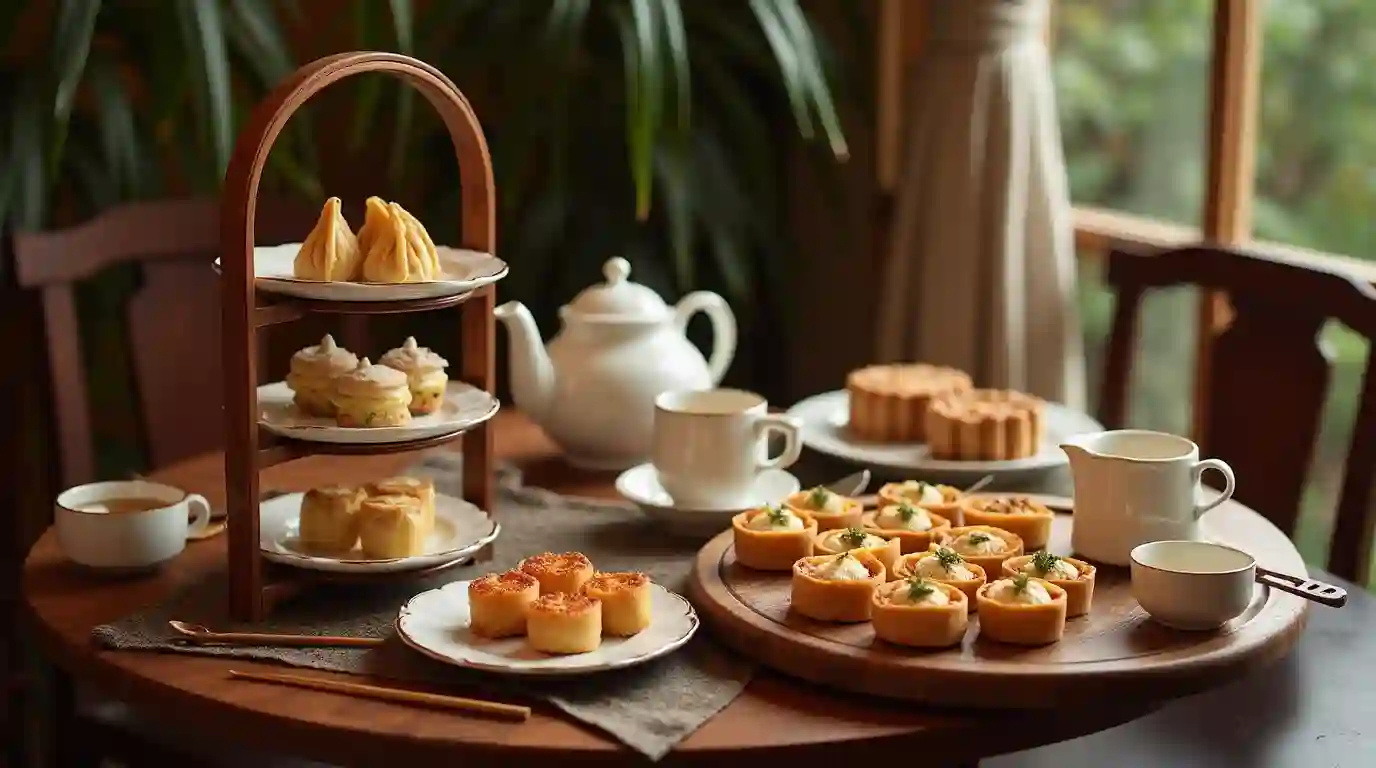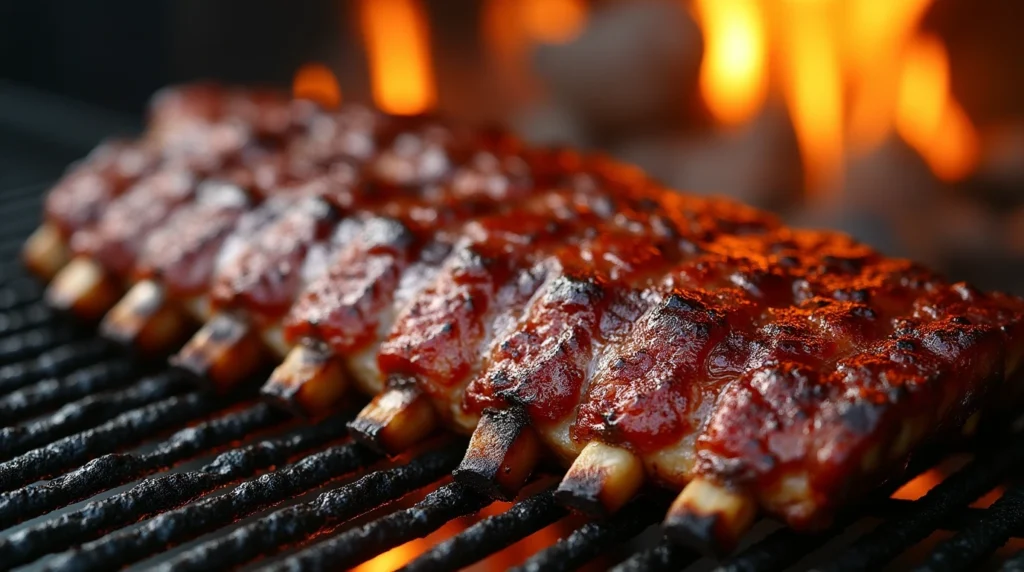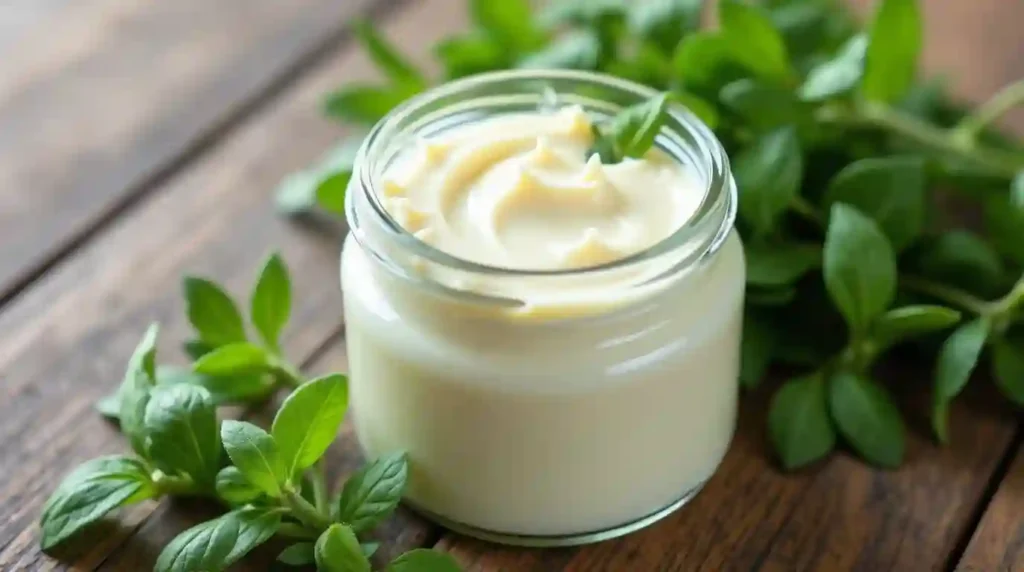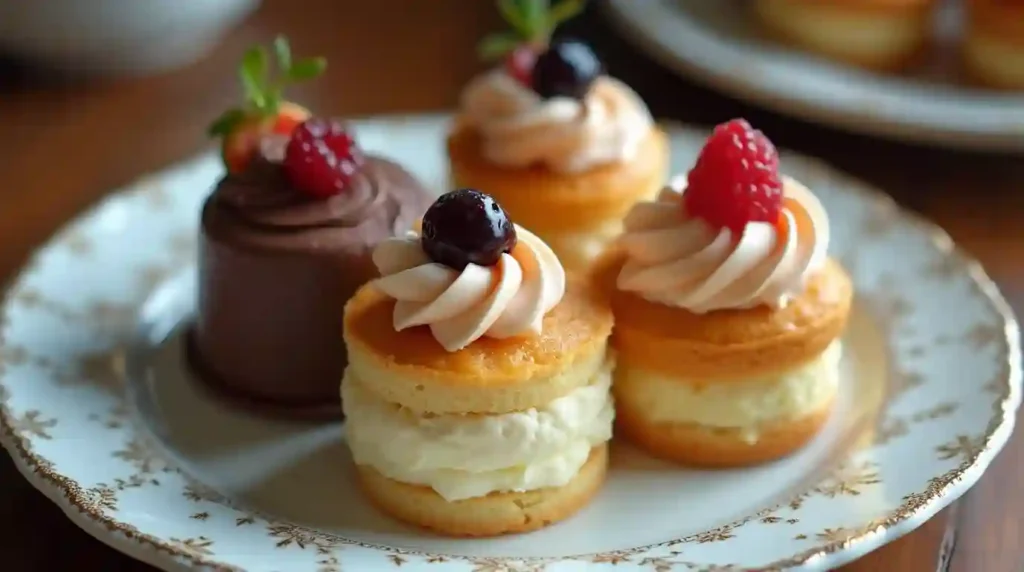Chinese restaurants are not just places to grab a meal; they offer a flavorful journey steeped in rich traditions, one of the most delightful aspects being tea. You might wonder, what is the tea used in Chinese restaurants? Well, it’s more than just a beverage; it’s a cultural element that enhances dining experiences. In this article, we’ll explore various types of tea served, their health benefits, brands used in restaurants, and even touch upon the unique concept of Chinese afternoon tea. So, if you’re ready to sip your way through this fascinating topic, let’s dive in!
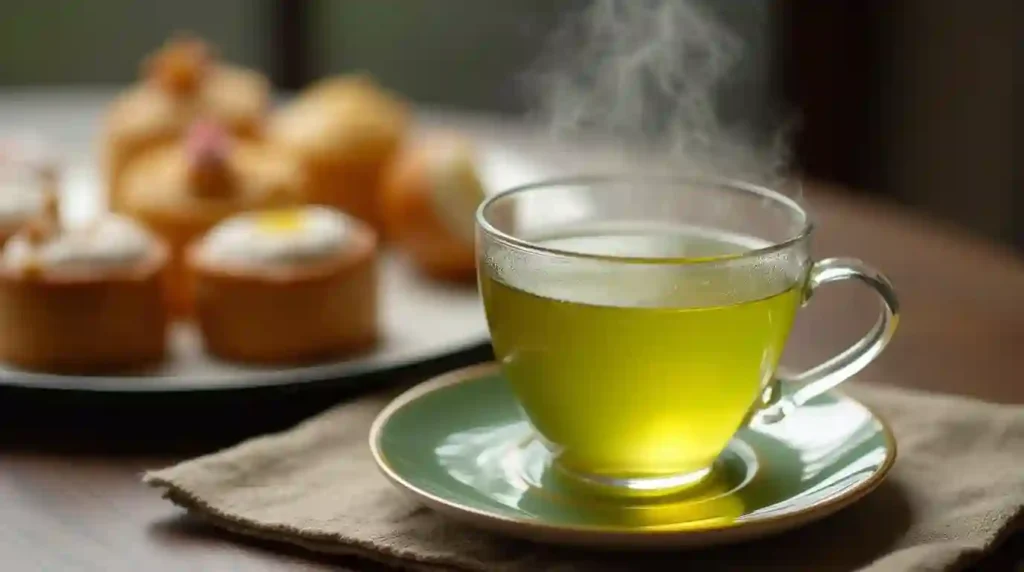
Understanding Chinese Tea Culture
What is Chinese Tea?
Chinese tea is a cherished and essential part of Chinese culture, celebrated for its health benefits and varied flavors. Typically, it’s made from the Camellia sinensis plant, offering a range from green to black, and everything in between. In Chinese dining, tea is often served with meals as a way to cleanse the palate and aid digestion.
The Historical Significance of Tea in China
Tea has a storied history in China, dating back over 5,000 years! Originally, it was used for medicinal purposes but gradually became a social drink. Traditionally, serving tea symbolizes hospitality and respect. So, next time you ask what is the tea used in Chinese restaurants, remember it’s not just about the taste; it’s steeped in centuries of cultural significance!
Types of Tea Served in Chinese Restaurants
Popular Types of Tea
When dining at a Chinese restaurant, several types of tea are commonly served, including green tea, oolong tea, and black tea. Each offers unique flavors and health benefits.
Green Tea is often served hot and features a refreshing taste with mild bitterness. It is a favorite for its fragrant quality.
Oolong Tea lies between green and black tea in oxidation, known for its complex flavors that can be floral or fruity.
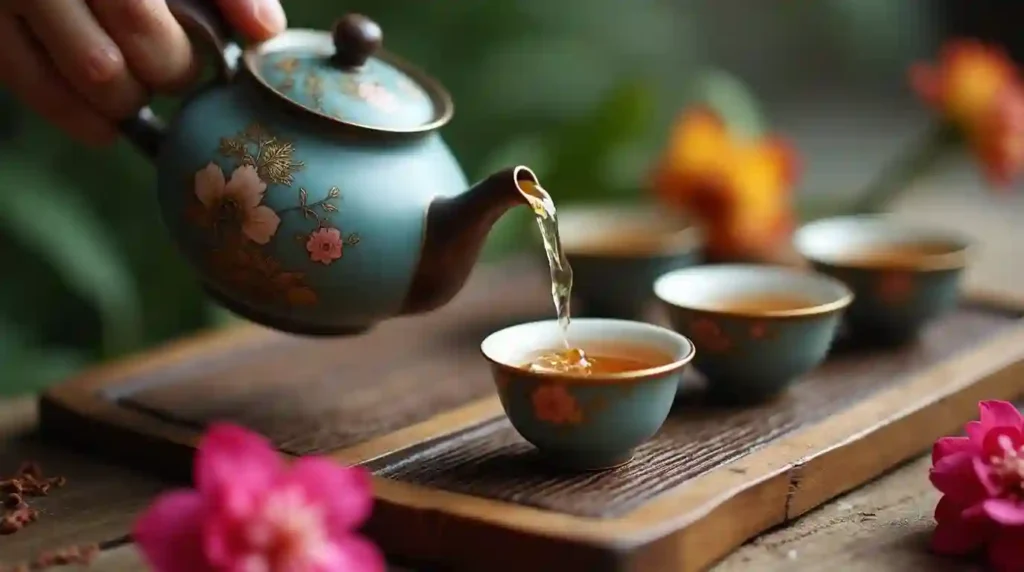
Black Tea is fully oxidized, offering a robust flavor and dark hue, typically paired with heavier dishes for a balanced meal.
Health Benefits
These teas are not just flavorful; they also provide health benefits. Green tea boosts metabolism and supports heart health, while oolong may aid in weight loss and digestion. Black tea, rich in flavonoids, can improve heart health and reduce stroke risk.
Understanding these teas highlights their importance in Chinese dining culture.
| Tea Type | Benefits | Flavor Profile |
|---|---|---|
| Green Tea | Boosts metabolism, heart health | Refreshing, mildly bitter |
| Oolong Tea | Aids digestion, skin health | Floral, fruity |
| Black Tea | Improves heart health, stroke risk | Robust |
You can find more unique recipes that you will enjoy. Just click on the following links:
Tea Varieties Commonly Found in Chinese Restaurants
Oolong Tea: The Favorite Choice
Among the varieties served, oolong tea stands out. Many Chinese restaurants love to showcase this tea because of its versatility. It can be brewed many times, with flavor changing subtly with each pour. Whether you like your tea light or strong, oolong can accommodate.
Green Tea: A Refreshing Option
Of course, you can’t overlook green tea. This evergreen option is often served plain but can also be infused with jasmine for added fragrance. Interestingly, its bright green color can enhance your dining experience and mood.
Black Tea and Pu-erh: Unique Offerings
Lastly, you might encounter black tea—served both hot and cold, making it a refreshing choice on warm days. Another unique find is pu-erh tea, which is fermented and has a rich, earthy flavor. This tea is often touted for its digestive benefits and is gradually becoming a popular choice in restaurants.
So, the next time you ponder what is the tea used in Chinese restaurants, remember these varieties that not only delight the taste buds but also provide a lovely, warm atmosphere to your meal!
The Concept of Chinese Afternoon Tea

What is Chinese Afternoon Tea?
Chinese afternoon tea has gained popularity, blending traditional tea practices with modern elements. It offers more than just tea; it features an array of snacks, often including dim sum and light desserts.
This experience mirrors British afternoon tea but adds a unique Chinese twist, pairing oolong tea with sweet or savory bites for a rich taste adventure. Typically enjoyed in cozy settings, it promotes relaxation and social interaction—a perfect opportunity to bond with friends or take a break.
When indulging in this delightful tradition, expect a variety of teas to complement the food!
Choosing the Right Tea for Your Meal
Factors to Consider
Selecting the right tea at a Chinese restaurant can enhance your dining experience. For lighter dishes like dim sum or fish, green tea is refreshing and balances the flavors. Richer dishes, such as Peking duck, pair better with black or oolong tea due to their stronger flavors and higher caffeine content.
When considering your personal preferences, consider whether you enjoy the delicate taste of jasmine green tea or the bold flavors of black tea. Also, don’t hesitate to ask your server for recommendations, as they can provide valuable insights into the best teas to enhance your meal and overall experience!
Brewing Techniques for Chinese Teas
Traditional Chinese Tea Brewing Methods
Brewing techniques significantly enhance the tea experience in Chinese restaurants. Common methods include:
- Gongfu Brewing: Involves multiple short infusions, revealing complex flavors, especially in oolong tea.
- Shallow Pot Brewing: Uses a larger pot for quick brewing, ideal for serving groups, and works well with green tea.
- Cold Brew: Gaining popularity, this method creates a smooth, refreshing tea perfect for warm weather.
Furthermore, when preparing tea at home, it’s important to use filtered water and control its temperature. This way, you can steep the tea for the appropriate amount of time, ultimately giving you an authentic restaurant experience. Furthermore, implementing these practices can enhance your enjoyment of tea, making each cup a pleasant journey in taste and health.
Conclusion: Embracing Tea Culture in Chinese Dining
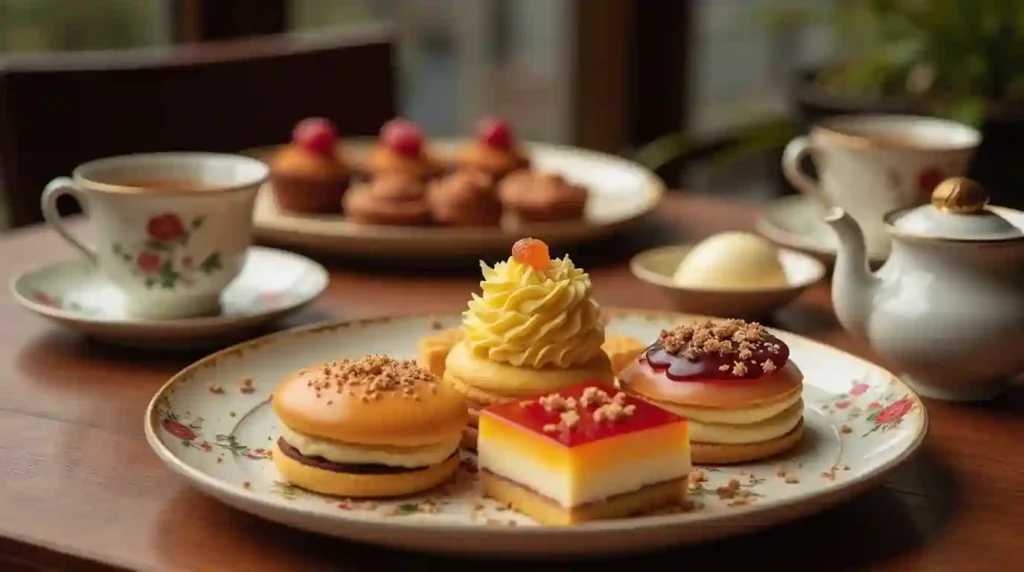
The Importance of Tea
Understanding tea in Chinese restaurants opens a window to the nation’s rich tea culture, where tea symbolizes hospitality, health, and tradition. Each variety, from green to oolong, enhances the dining experience.
Next time you dine at a Chinese restaurant, take the opportunity to explore various tea options. Trying different brewing techniques and flavors connects you to centuries of tradition. Embrace this beautiful culture and allow tea to elevate your meal—it tells a unique story with every cup. For more insights and related recipes, check out our recipe article!
Health Benefits of Chinese Teas
Nutritional Advantages
Furthermore, when exploring the types of tea used in these restaurants, be sure to note their health benefits. For example, many types of tea, such as green tea, are known to promote overall health, particularly due to their high antioxidant content.
- Weight Loss: Green tea may enhance metabolism.
- Heart Health: Oolong and black teas can lower cholesterol.
Pu-erh tea aids digestion, especially after heavy meals.
A Delicious Way to Stay Healthy
Drinking tea not only enhances your dining experience but also promotes your health. Consequently, it’s important to understand that the tea served in Chinese restaurants isn’t just about taste; rather, it also contributes to your overall well-being.
Exploring Chinese Tea Varieties
Overview of Popular Tea Types
To understand the type of tea used in Chinese restaurants, consider these types:
- Green Tea: Light and pairs well with dim sum.
- Oolong Tea: Complex flavors ideal for heavier meals.
- Black Tea: Robust and goes great with rich dishes.
- Pu-erh Tea: Earthy and helpful for digestion after meals.
Choosing Your Tea
Ask your server about these teas when dining out. They can help you choose the perfect one to enhance your meal and enjoy the rich tea culture.

